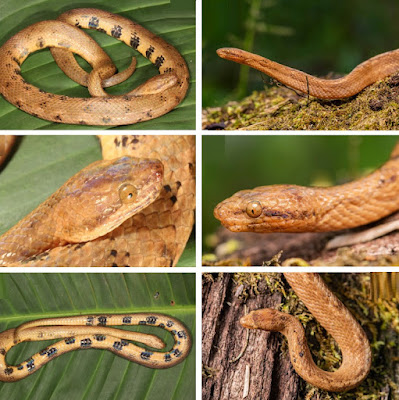Los fenómenos meteorológicos extremos afectan a la reproducción de una población occidental aislada del sapo de espuela, Pelobates cultripes (Cuvier, 1829), en su límite de distribución más meridional. Leer más,







Los fenómenos meteorológicos extremos afectan a la reproducción de una población occidental aislada del sapo de espuela, Pelobates cultripes (Cuvier, 1829), en su límite de distribución más meridional. Leer más,

The new species inhabits eastern tropical piedmont and lower evergreen montane forests, in the Amazon Tropical Rainforest biome, and is likely to be an Ecuadorian endemic. We also discuss the relationships of the new species with South American tropidophiids and provide a key to the identification of mainland South American dwarf boas. Leer más.

We found negative carryover effects of chronic exposure of larvae to ammonium on adult inflammatory response, which could imply a greater susceptibility to pathogens and parasites. However, this damage is only true for males, which, according to the immunocompetence handicap hypothesis, could be a consequence of a testosterone-triggered impairment of male immune function. In disagreement with our prediction, however, we detected no differences in the inflammatory response of agrosystem frogs to phytohemagglutinin as compared with natural habitat conspecifics. Leer más. Noticia en castellano.
